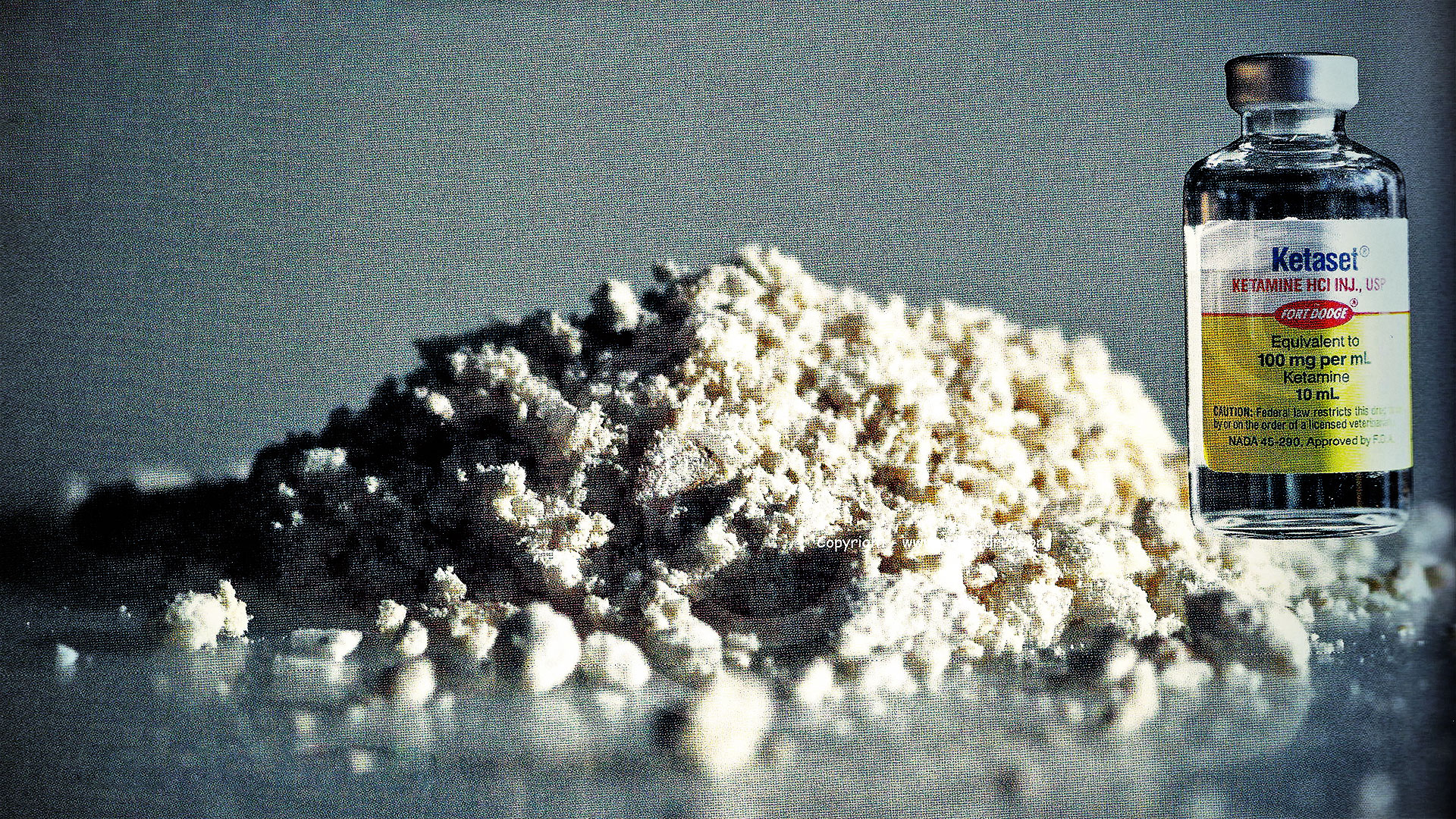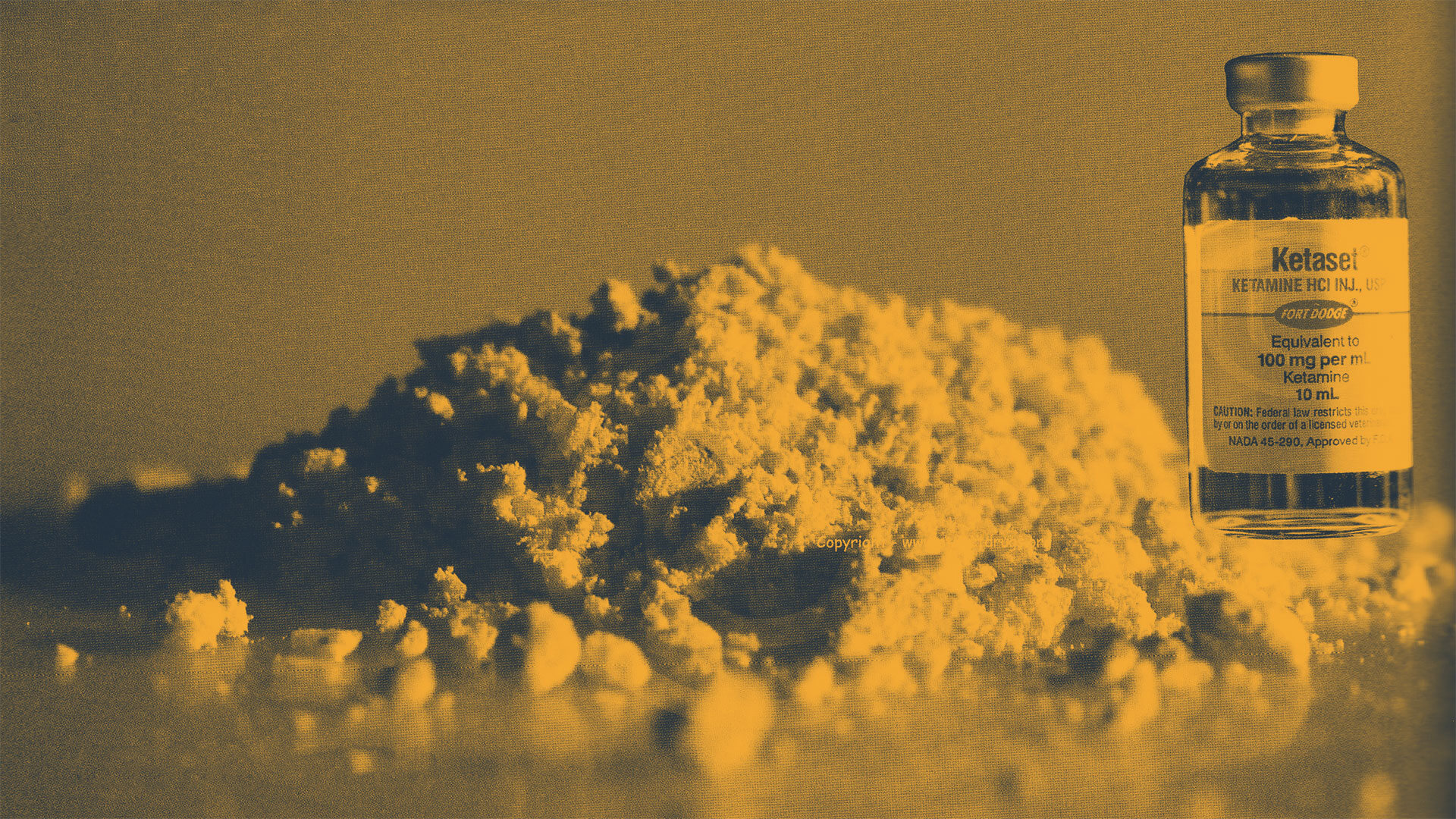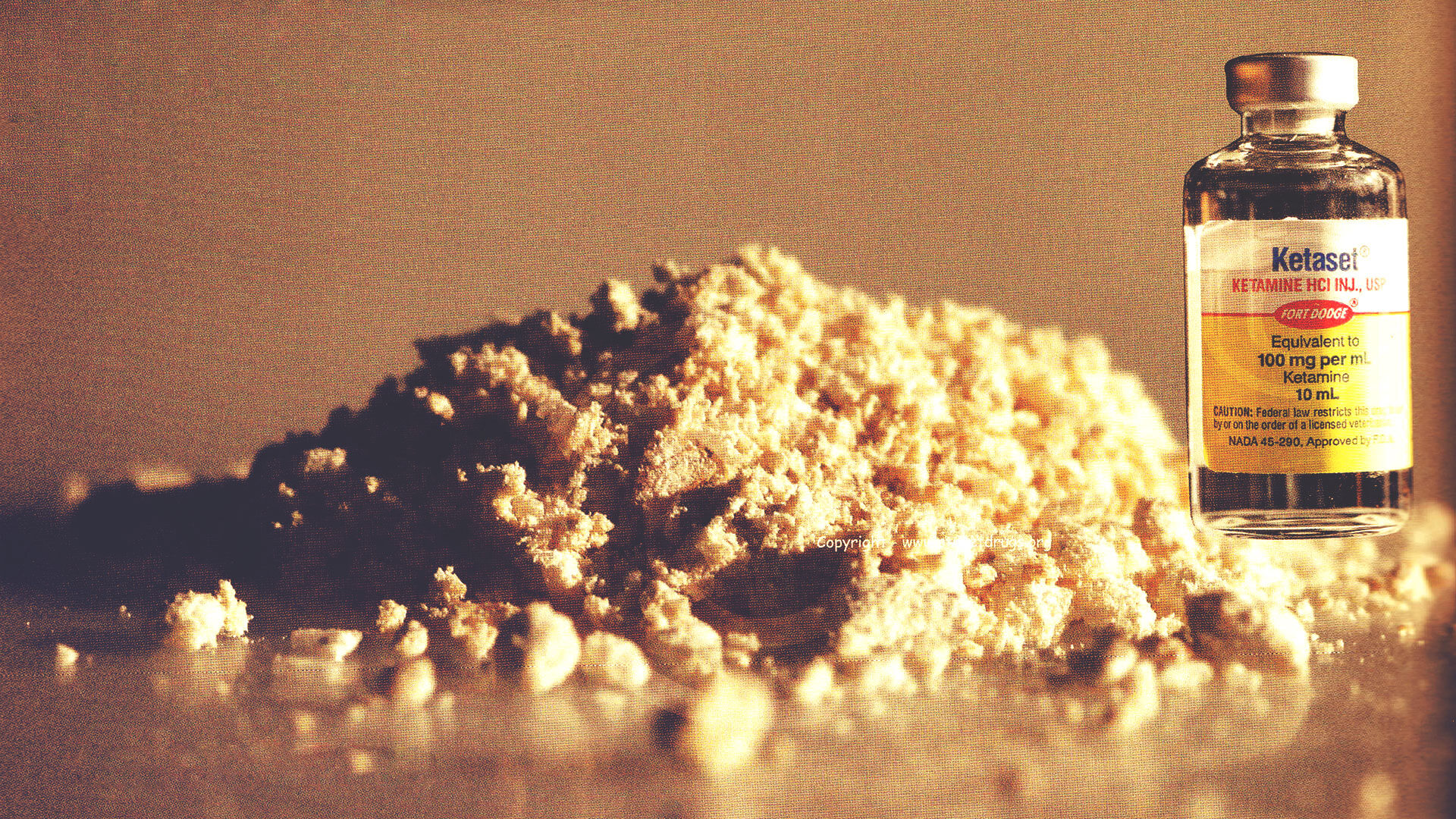What is ketamine?
Ketamine was developed in 1963 to replace PCP. It is an injectable, short-acting anesthetic and has some hallucinogenic effects. Most ketamine sold on the street is taken from veterinarians’ offices.
Common names include Cat Tranquilizer, Cat Valium, Jet K, Kit Kat, Purple, Special K, Special La Coke, Super Acid, Super K and Vitamin K.
What does ketamine look like?
Ketamine comes in a clear liquid or a white/off-white powder. Powdered ketamine is typically packaged in small glass vials, plastic bags, capsules or paper/aluminum foil folds.
How is ketamine abused?
Powdered ketamine is snorted or smoked in marijuana or tobacco cigarettes. Liquid ketamine is injected or mixed into drinks. Ketamine is used by itself or in combination with MDMA, amphetamines, methamphetamine or cocaine.
The amnesia qualities of ketamine can leave the user unaware of what happened. For this reason, ketamine is often used to incapacitate victims prior to sexual assault.
How does ketamine affect a person?
Ketamine causes a temporary increase in heart rate and blood pressure, involuntary rapid eye movement, dilated pupils, salivation, tear secretions, stiffening of the muscles and nausea. It also produces dissociative sensations, complete sensory detachment, hallucinations, agitation and unconsciousness. Flashbacks have been reported weeks after use.
Drugs causing the same effects include LSD, PCP and mescaline. Ketamine, GHB, Rohypnol and other depressants are often misused to facilitate sexual assault.
What are the health effects/risks of using ketamine?
Physical side effects include impaired motor function, high blood pressure and potentially fatal respiratory problems. Frequent use can lead to ketamine-induced ulcerative cystitis. In some case, this can result in the bladder being surgically removed.
Daily use seriously damages short- and long-term memory. It can cause depression, delirium, cognitive difficulties and amnesia. Senses, judgment and coordination can be impaired for up to 24 hours after use.








